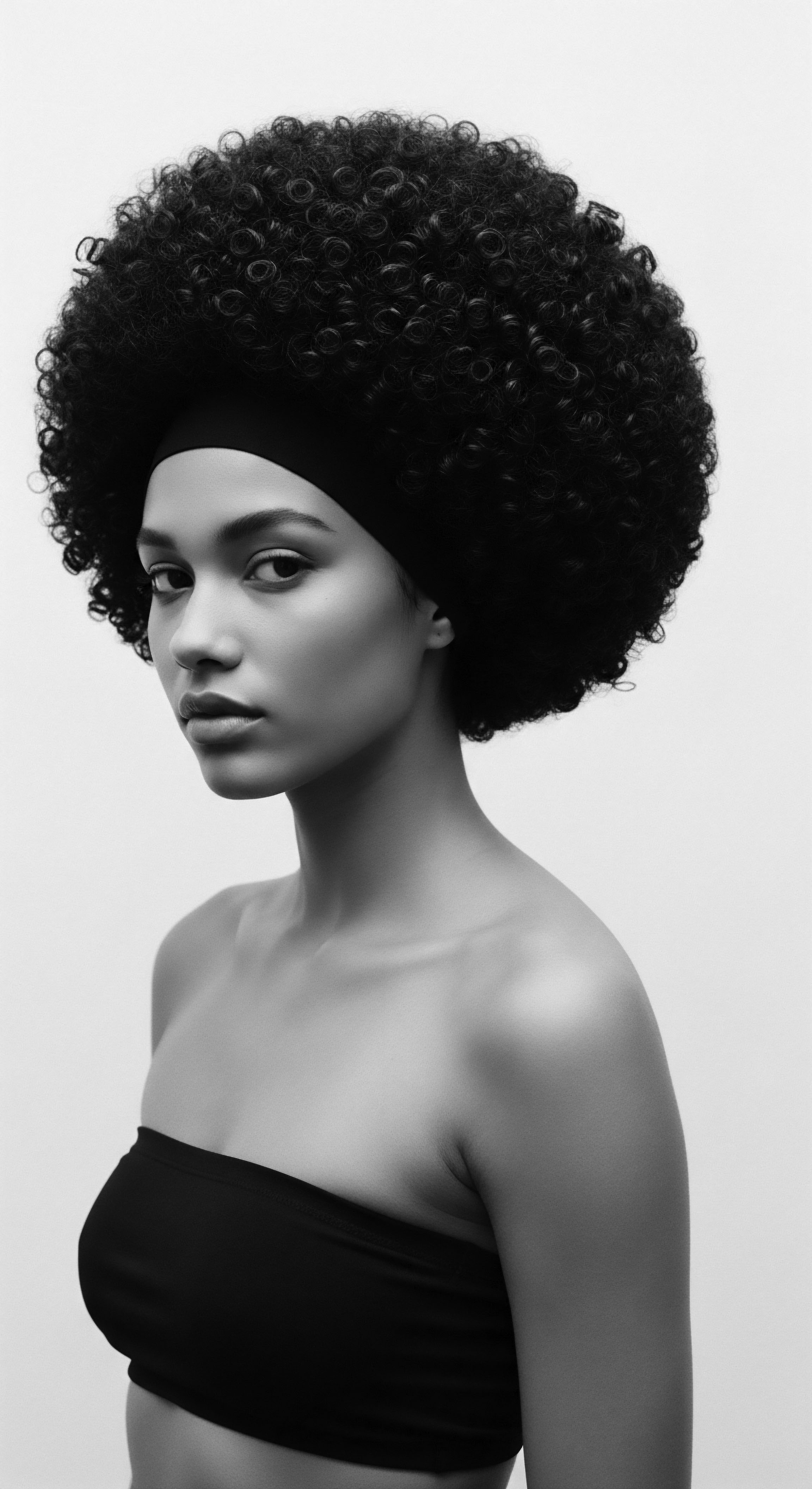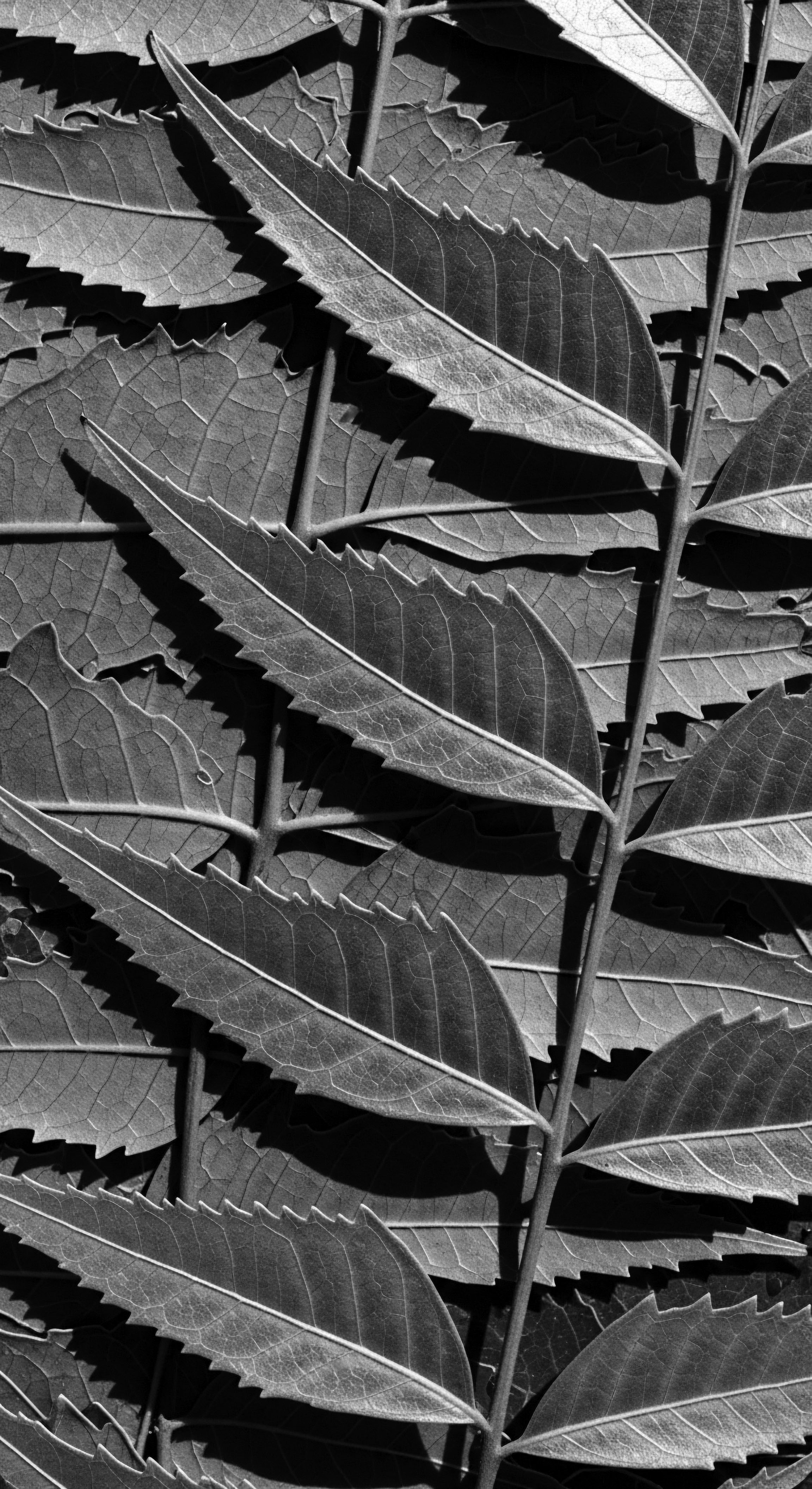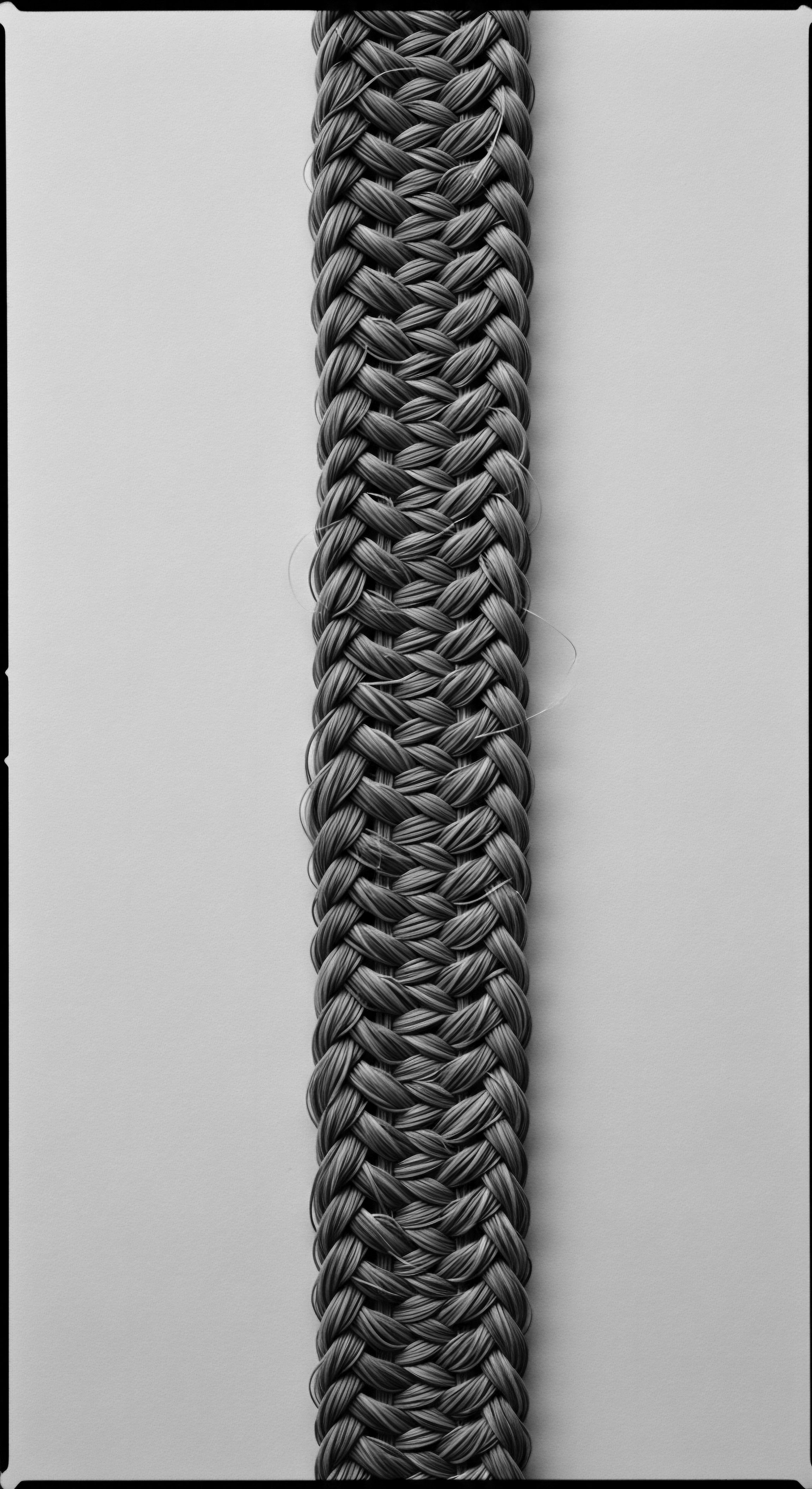
Hair Bonds
Meaning ❉ Hair Bonds are the chemical linkages, primarily disulfide, hydrogen, and ionic bonds, that maintain the protein structure of hair, profoundly influencing its strength, shape, and cultural significance, especially within textured hair heritage.

Hydrogen Bonds Hair
Meaning ❉ Hydrogen Bonds Hair refers to temporary connections in hair keratin that dictate its response to moisture and heat, profoundly shaping textured hair's appearance and care.

Hair Curvature Science
Meaning ❉ Hair Curvature Science investigates the biological and physical properties that define hair's shape, deeply rooted in textured hair heritage.

Protein Bonds
Meaning ❉ Protein bonds are the foundational chemical linkages within hair keratin that determine its strength, shape, and response to care, deeply intertwined with textured hair heritage.

